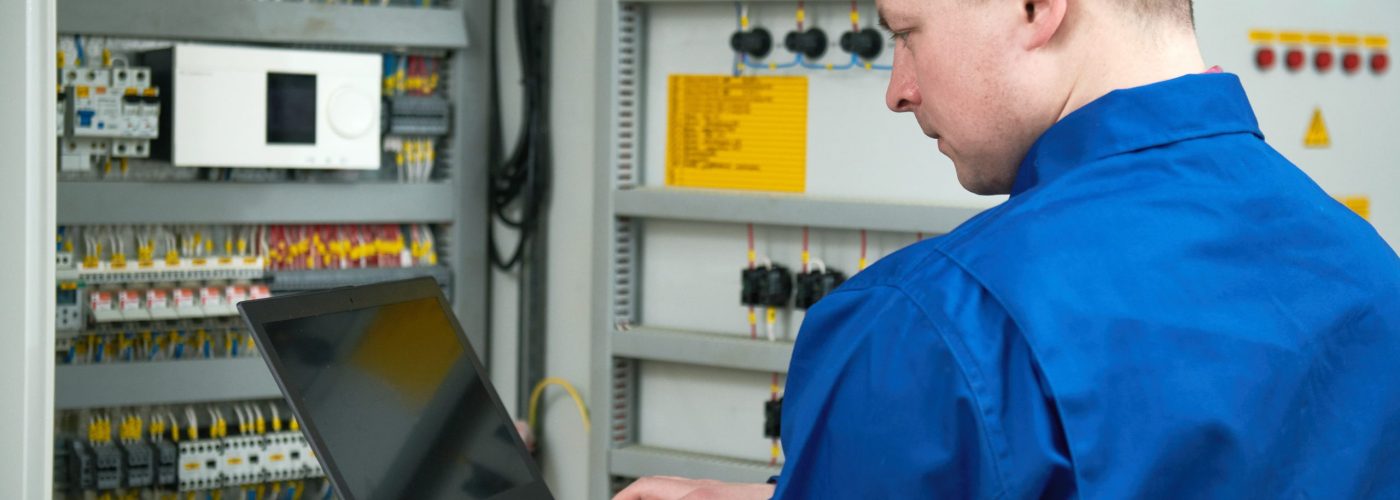Electrical fire is one of the most common sources of residential and commercial fires all over the world. Depending on its severity, it can lead to either minimal damage or a massive property loss. What’s worse, however, is when it takes the lives of hundreds of victims.
Sadly, some people appear to never learn from the devastation caused by electrical fires. Many residential and commercial property owners still ignore the importance of implementing safety measures, such as the use of short circuit protection devices in their household and commercial buildings.
What Is Circuit Protection
It’s not only the responsibility of owners to ensure that their property’s electrical wiring is safe enough to protect its residents from the occurrence of electrical fires. Every country also has specific electrical codes that engineers and electricians are required to follow when building houses and other infrastructure. Once faulty electrical wiring is identified as the main reason for a fire’s occurrence, this inability to meet the indicated standards has serious legal repercussions for these involved professionals.
Another source of electrical fires is a faulty appliance or an ignored worn-out electrical wire. This type of problem is usually avoided through the practice of circuit protection. Circuit protection works by adding extra devices or equipment to an electrical circuit. Conveniently, different types of circuit protection equipment are readily available in the market that can help eliminate the massive danger and property loss resulting from these preventable events,
Using circuit protection devices ensures that the wirings are protected under faulty conditions or when there’s a sudden spike of high current. These devices and equipment are designed to protect the circuit from total damage by cutting the current flowing on it, whenever it detects excessive current in the electrical wirings.
Different Types Of Circuit Protection Devices And Equipment
There are many circuit protection devices already available in the market. Deciding if it’s the right one for your household or property will depend on their usage and how they work.
Below are some types to consider:
1. Fuse
For starters, it’s important to note that electric current flows from the source to the load. A good example of source is your house’s circuit breaker, while loads refer to any of your electrical appliances.
As a circuit protection equipment, fuses have strips that bridge the current flowing from the source to the load. Its strip is designed to melt when an excessive amount of current passes through it. When this happens, this will cause the strip to separate. Upon melting, the bridge no longer exists, stopping the current flow from the source to the load.
There are different types of fuses available in the market. Most common are the cartridge type and screw-in type fuses, but they all generally work the same.
2. Circuit Breakers
Generally speaking, electrical guidelines require a proper size of circuit breakers for electric circuits. Unlike fuses that you can only use up until the strips have melted, circuit breakers work differently.
Circuit breakers have a bimetallic strip, which is a kind of metal conductor, that doesn’t need to melt to be triggered. This strip is connected to another piece of metal conductor inside the circuit breaker, which is then connected to the output or outlet.
Overcurrent results in too much heat. Once this gets detected by the bimetallic strip, it’ll immediately bend, making the piece of a metal conductor lose contact with the source. Nothing is technically broken, which means that together with other metal conductors inside the breaker, it’ll still be good to use even after getting triggered. What needs to be done is to simply move the circuit breakers’ lever to close the circuit once again. This will allow the current to flow without replacing any part.
There are many types of circuit breakers. The most common is the Miniature Circuit Breaker (MCB) and Residual Current Circuit Breaker with Overload Protection (RCBO). These two are frequently used in both residential and commercial establishments as they only require low voltage power distribution. Their main difference lies in the fact that Miniature Circuit Breaker can only be used against short circuits and over-currents, while Residual Current Circuit Breaker with Overload Protection can also protect against earth leakage current.
3. Surge Protection Device (SPD)
Your electrical appliances or electrically powered gadgets have a specific voltage requirement that it can accept. For example, your television needs 120 volts from the outlet to function. While a voltage lower than 120 can make no harm to your television, an amount higher than 120 volts can cause serious damage to it.
Surge Protection Device eliminates overvoltage in appliances or load. It’s connected to the source and load in a parallel circuit to provide protection. Once overvoltage occurs, this device conducts the excess voltage to the ground.
4. Residual Current Device (RCD)
The worst scenario that can happen because of faulty electrical wiring or appliance is getting someone electrocuted. More than properties, human lives should be the main priority in adding circuit protection devices to electrical circuits.
If you mistakenly touch a live wire or a faulty appliance, the Residual Current Device may save your life. This device immediately cuts the current once it detects that electricity is flowing in an unintended path, like your body. This is its way of eliminating the risks of humans getting electrocuted. This is one of the unique features that an RCD has that fuses and circuit breakers don’t.
5. Thermal Protectors
Thermal protectors are generally designed to protect a motor from overheating by cutting the current flow when its temperature goes too high. This prevents the motor from severe damage and becomes a cause of fires.
Thermal protectors work similarly to circuit breakers. They have bimetallic strips inside, which bends when heated and causes the circuit to break. Once the bimetallic strip cools down, its metal contact will go back to its original state and close the circuit once again.
Choosing The Right Electrical Products And Services
By now, you’ve learned in this article the right kind of electrical products and equipment that a property needs to install for circuit protection. Choosing the right brand can help ensure electrical safety in your residential or commercial establishment.
When shopping for an electrical product, you should source the item from a reputable company with verified customer reviews and ratings. Moreover, it’s also advisable to hire a licensed and experienced electrician to give you expert advice about the different products and brand options that you can choose from.
In addition, don’t settle for an electrical product because of its affordable price or someone just recommended it. It would be best to do some research before opting for one. Bear in mind that you need to buy high-quality electrical products to avoid compromising everyone’s safety. Plus, the fact that it would cost you more if you keep buying the cheaper, low-quality ones and end up replacing them often because it is less durable.
If you’re looking for an electricity provider, it’s crucial to deal with a trusted company that offers competitive rates. In comparison to other countries, electricity is deregulated in Texas and much of the USA. Commercial builders and commercial property owners can compare commercial electricity rates to keep overhead low. In the same light, residential property owners can also benefit from comparing residential electricity rates to save on utility expenses.
Final Thoughts
There are hundreds of electrical products and equipment for circuit protection. This article isn’t exhaustive and only provides some of the most commonly used circuit protection equipment and device one can find in their homes. You can review the list above, and check whether a circuit breaker, a fuse, an RCD, SPD, or a thermal protector is the right one for you.
It’s important not only for professionals but for ordinary citizens, too, to know the importance of these devices. What’s the cause of adding a few bucks to your housing or property budget if it’ll save you properties and lives?






